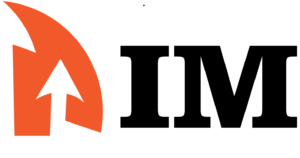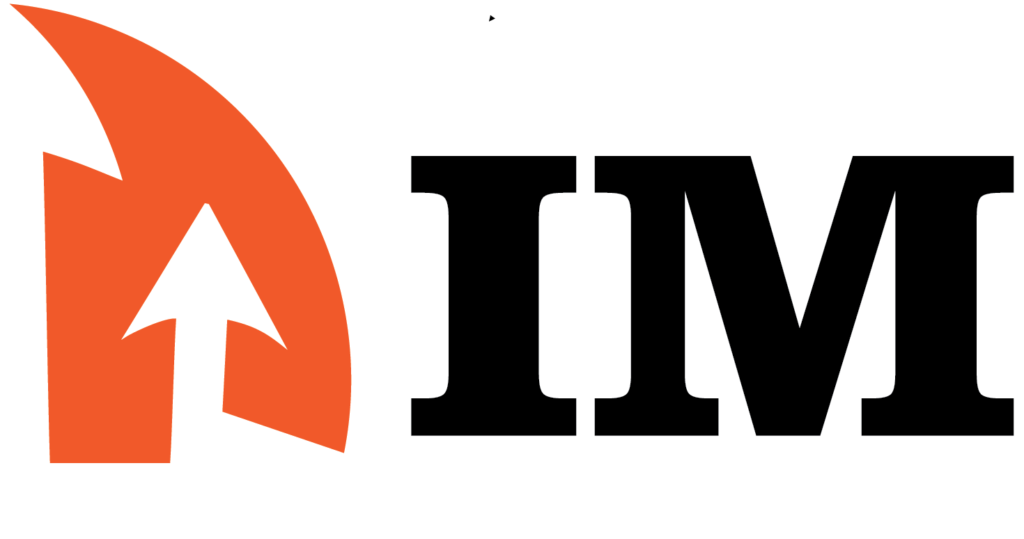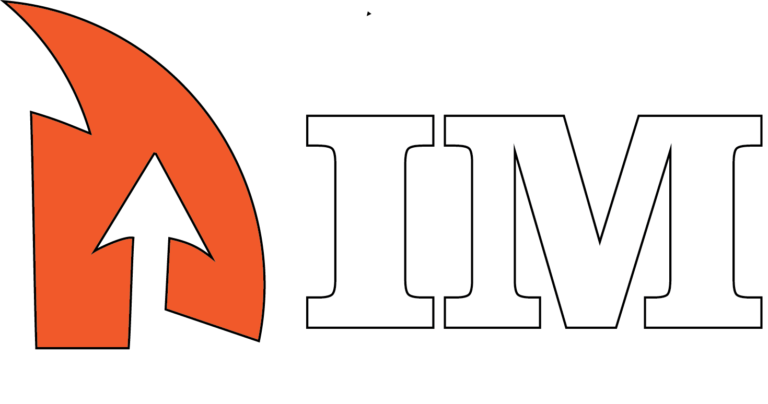After you start a blog, the next step is to get it to show up on Google. But it’s not easy, especially for beginners. Google doesn’t rank new sites if they are in bad shape. You need to optimize the site well to rank.
Even though it might not seem important, Google takes these things very seriously. So here’s how to get Google to love your site:
By the way, I covered using AI to blog (Copy This Simple Strategy) in my previous post.
1. Speed up the page
Google uses page speed as a ranking factor. The better your ranks, the faster your pages load. Here are some ways to speed up a page:
Make images smaller
Large pictures will load faster if you compress and resize them. Optimize pictures with tools like TinyPNG.
Reduce the size of CSS, JavaScript, and HTML
Minifying takes code and removes characters that aren’t needed. This makes files smaller. Use a tool called a “minifier” or turn on “minification” in WordPress.
Turn on caching in the browser
Caching in a browser lets pages load from the browser’s cache instead of having to download all the files again. Set the right headers for the cache.
Improve how database searches work
When database searches aren’t optimized, they can make it take longer for a page to load. Use caching and clustering to speed up your database.
Switch to a faster web host
If you switch to a faster web host, your site will load much faster. Use a CDN to make things even faster.
2. Make the website’s layout better
Optimize the way your site organizes its information for SEO.
Make a Sitemap
A sitemap helps Google find all the pages on your site. Use the Google Search Console to send an XML file to Google.
Improve the links between pages
Use contextual internal links to connect material that goes together. This helps Google figure out how important a page is.
Use an information architecture that makes sense
Use title tags and heading structures (H1, H2, etc.) to organize your information in a way that makes sense.
Repair any broken links
Fix or get rid of any broken links on your site that make it hard for people to use.
Make URLs clear and easy to understand.
Don’t use URLs that are too long or too changeable. Instead, use short, clean URLs with relevant keywords.
3. Improve the content
By making your content SEO-friendly, your pages will be easier to find.
Do study on keywords
Find valuable keywords that are related to your material and topics. Optimize pages for these terms.
Use keywords in a normal way
Use keywords in your titles, headers, text, URLs, and image names. Don’t over promote or use too many keywords.
Make material that is useful and informative.
Focus on writing good material that really helps people. Avoid material that is thin, duplicated, or not very useful.
Make the text easy to read
Use subheadings and lists to break up the text. Put important words in bold and italics. Make it simple to read.
Make sure pictures are optimized
Add alt text and titles to pictures that explain what they are. Make them smaller and better. Use file names that make sense.
4. Get more links that are good.
Links are still one of the most important factors in ranking.
Make content worth linking to
Pay attention to material that is useful and meets a need. This gets more links from natural sources.
Reaching Out to Make Links
Contact websites in your business to ask them to link to your content in a good way that makes sense. Give away guest posts.
Pay attention to quality, not quantity
Few strong links from sites with a lot of authority are more useful than many weak links from sites with less authority.
Make links to your own pages
When you link together related content on your own site, it helps your results and makes the site easier to use.
Get links from sharing on social media
To get more links, make it easy for people to share your information on social media. Showcase your best work.
5. In summary
The most important things you can do to improve your website’s score on Google are:
- Getting pages to load faster by compressing images, making them smaller, saving them, etc.
- Setting up your site in a way that makes sense by using clean URLs, internal links, and sitemaps.
- Optimizing content means doing study on keywords, putting them in a natural way, and making content that is useful.
- Using marketing, guest posts, and social promotion to get more high-quality links.
Focus on giving users the best experience you can, and your results should rise over time. SEO isn’t a one-time fix; it’s a process that keeps going. You’ll see effects if you keep at it.
6. Faqs: blog optimization
Google needs time to re-crawl pages and re-index content, so it can take weeks or months for SEO changes to show up in search results. Don’t rush.
Focus first on making good information that people will find useful, even if you have less of it. Having a few good pages is better than having a lot of average ones.
Yoast SEO and other SEO tools can help you improve your WordPress site. But you don’t have to use them. You can also get good results by manually optimizing your site.
At least once a week, you should post new, long-form material. More often is fine, as long as the quality stays the same.







